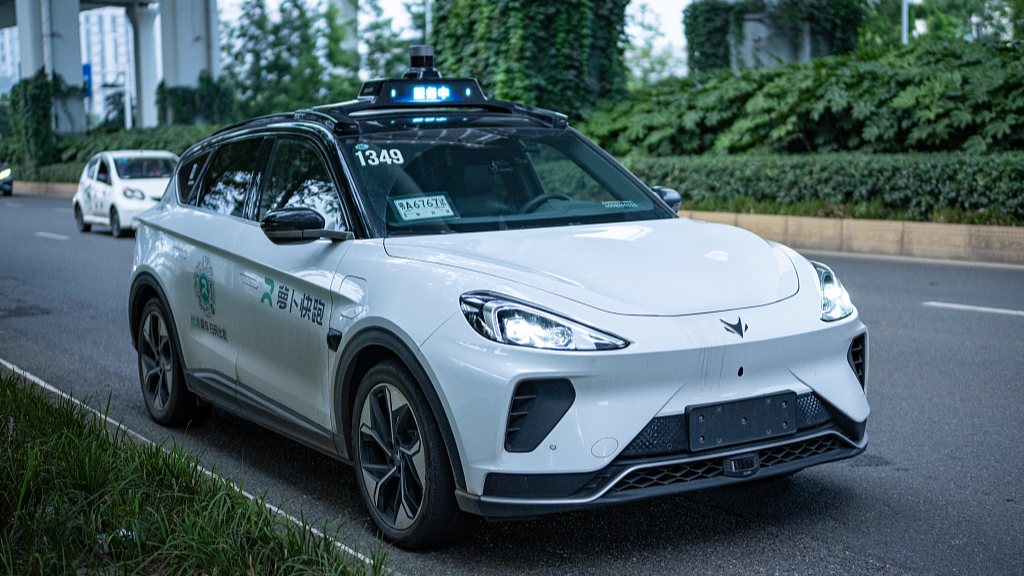From concept to commercial reality
The China robotaxi industry leadership 2025 marks a defining shift in global transportation. While the West debates regulations and test zones, China is moving at full speed. In 2024 alone, over 50% of new cars sold in China included advanced driver assistance systems (ADAS). In 2025, fully autonomous robotaxi services have now entered the mainstream.
With strong government backing and high consumer trust, China leads in the global robotaxi race. Giants like Baidu, Pony.ai, and WeRide now operate large fleets across major cities. Their services are not only functional — they are profitable and expanding.
The road to leadership: How China pulled ahead
Several factors explain China’s lead in robotaxis.
First, cities like Beijing, Wuhan, Shenzhen, and Chongqing legalized driverless taxis. These cities streamlined rules and enabled public use early.
Second, China’s tech firms scaled fast. Baidu’s Apollo Go now runs in 10 cities and plans to reach 100 by 2030. In 2024 alone, it completed over 4 million rides.
Third, Chinese consumers are ready. A 2024 China EV100 Alliance survey found that 62% of city residents are willing to use robotaxis. This figure is twice as high as in the U.S.
Finally, Chinese automakers partnered with AV firms. Brands like BYD and Geely helped reduce hardware costs. That made fleet deployment possible on a national scale.
According to Business Insider, China is now two years ahead of global peers in tech and market readiness.
Editorial insight: More than mobility — a platform play
The China robotaxi industry leadership 2025 is about more than just transport. Robotaxis are now part of smart cities, data infrastructure, and digital payments.
These vehicles generate massive real-time data. Cities are already using this to manage traffic and public safety. Services like WeChat Pay and Alipay are integrated into AV systems for seamless billing.
Because of this, robotaxis are not just cars — they are platforms. China is building an edge in how data, urban services, and transport systems connect. This ecosystem thinking gives it a long-term advantage.
Future outlook: The next export from China?
China’s ambitions don’t stop at home. Firms like Pony.ai are planning U.S. IPOs. Others, like WeRide, are expanding into Southeast Asia and the Gulf.
In 2025, Baidu launched robotaxi pilots in the UAE and Thailand. This marks the start of a new wave of AV exports — combining Chinese hardware, software, and deployment playbooks.
As countries look for proven robotaxi solutions, China has first-mover status. It may soon become for robotaxis what it already is for EVs and solar: the key global supplier.














